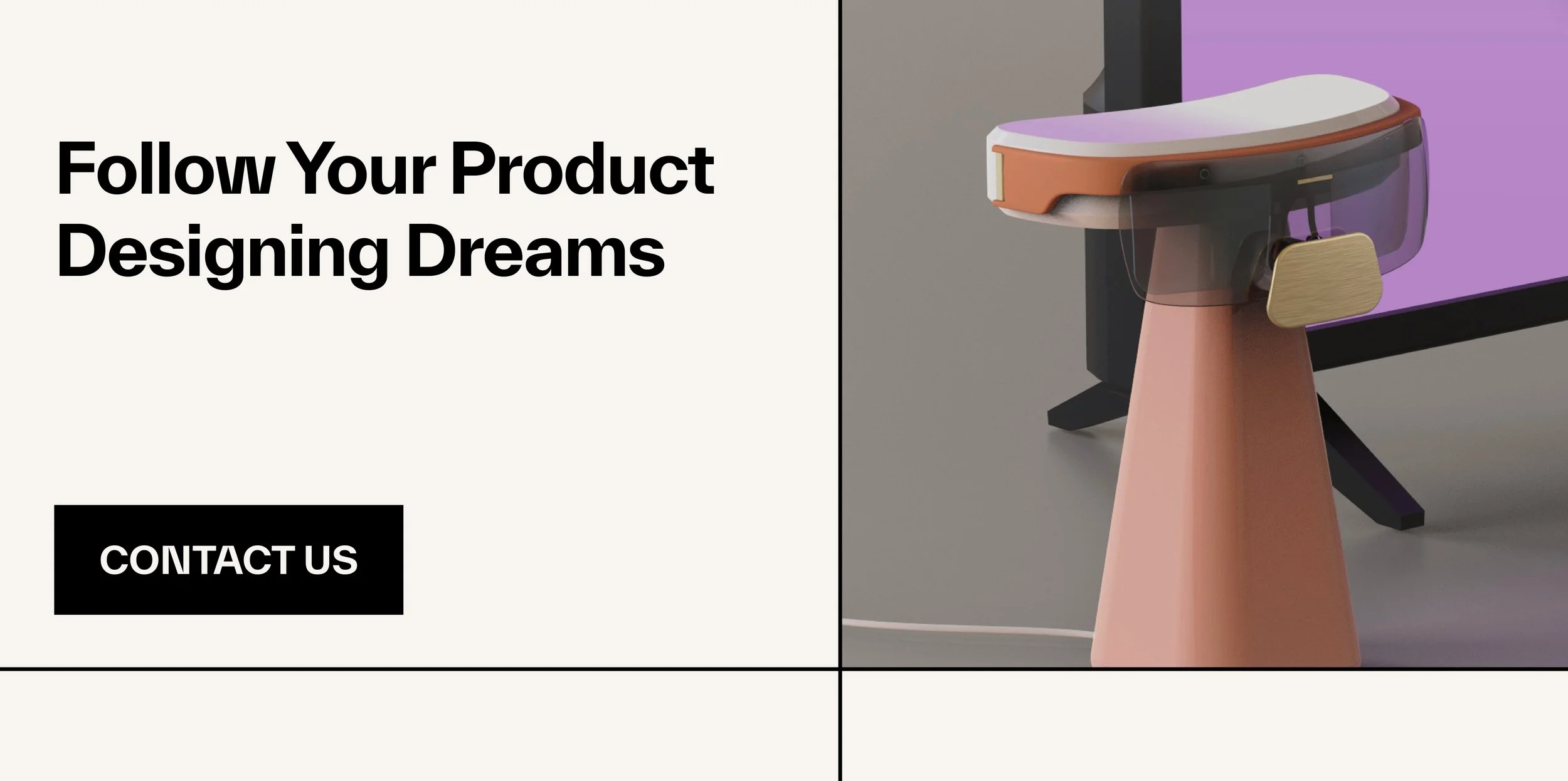A Guide to Becoming a Product Designer
A product designer is an essential member of any design or digital team. They are the person responsible for overseeing and collaborating on the design, usability, and experience of any physical or digital product. In addition to overseeing the visual aspects of a product, product designers make sure a business’s goals are within reach by optimizing the product to meet a user’s needs in an intuitive, functional way.
You can become a product designer if you pursue the right training, nurture the right skills, and develop practical experience. Here's a brief guide for your use if you're considering the product designer path.
Overview of a Product Designer
The responsibilities of a product designer have changed since the role's inception. At one time, the product designer was responsible for the visual aspects of a product, and the branding elements of the company being represented. The role has since expanded to include everything from the designing of a product to the creation of prototypes and the final manufacturing and scaling of the product.
Product designers are both creatives and practitioners who are equipped with an array of skills, from sketching and graphic design to systems design, UX/UI, and coding. The role exists in most fields—including information technology (IT), media, service design, and consumer products. That means the necessary skills and day-to-day work vary.
Do Product Designers Make a Lot of Money?
The average salary of a product designer varies from state to state— Hired recently reported $130,000 as the national annual average in the United States, while TechGuide reported it as $105,448. A comprehensive breakdown of state averages determined that Seattle, Los Angeles, and the Bay Area of San Francisco are the top earning areas for product designers.
The Process of Becoming a Product Designer
The exact process of landing a product designing job is unique to the demands of your dream company or prospective industry. Even so, you can take some general steps to give yourself the best chance at achieving your goal.
1. Attend a Grad School
There's not a particular degree you need to be a product designer—but obtaining a degree in a field related to design, art, engineering, or tech will boost your chances of earning this multifaceted role. How long it takes to become a product designer can vary depending on the path you take.
2. Build a Strong Skill Set and Portfolio
A universally agreed-on understanding among product designers is that you need a wide range of skills to keep up with users’ demands and the ever-changing creative landscape.
A few skills that will help you in the role include:
Empathy: Your primary responsibility is to create products that solve users’ needs—that means you need to be able to empathize with their problems and provide solutions.
Communication: Designers need to be receptive to feedback from others while being able to express their own ideas openly and clearly. Communication will maintain cohesion in your company and with your target audience.
Creativity: Some questions don't have easy answers. As a product designer, you need the ability to see a solution that isn’t immediately obvious—even to yourself.
Data analysis: Market research is an important element of the product designer's role. Correctly interpreting data is essential to navigating the information you receive about your audience’s needs.
Since product designers also work with prototyping, it helps to have some kind of skill working with your hands to produce both physical and digitial mock-ups.
You'll want to work independently and compile a portfolio—a resource for companies to see and use as a reference point for your abilities. Visual mediums are the best resource for showing off the value of your addition to a team. That's why keeping a consistent record of your work is essential.
3. Build Your Network
Networking is one of the most helpful assets to an aspiring designer. Finding work is much easier when you have endorsements from others in the field. Building a network will get you the kind of visibility you need to thrive in the industry.
4. Keep up With Industry Trends
Creative roles follow creative and organizational trends—keeping up with them is essential. When you know what companies and the public are looking for, you can provide your own unique take on it.
5. Create a Resume and Apply for Jobs
Finally, all that’s left is to apply for the roles you want! Keep an open mind and apply to as many roles as you can. Some places require different skills, different levels of experience and different design criteria—there's a lot of room to find the place where you fit in.
Follow Your Product Designing Dreams
The right skills and industry knowledge are essential to becoming a product designer. Learn how enrolling in a multi-disciplinary master's program that focuses on the areas critical to a future in Product and Industrial Design can help you achieve your goals.

